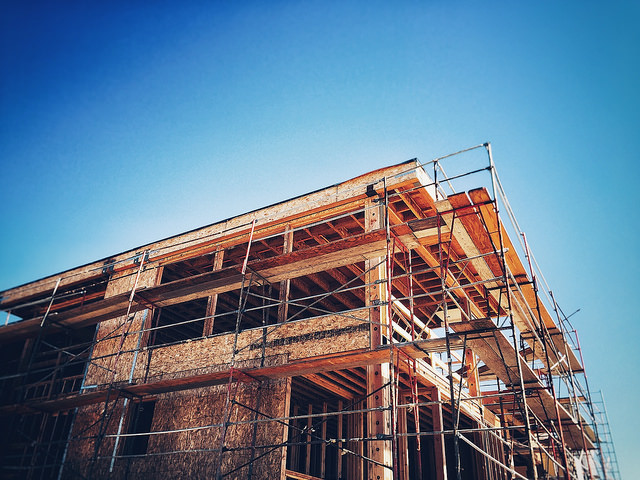The National Association of Home Builders’ Housing Market Index measures builders’ confidence in the market for newly-built single-family homes on a scale where any number above 50 indicates that more builders view conditions as good than poor. In March, the index was unchanged from the month before but remained at a high level, holding firm at 58. David Crowe, NAHB’s chief economist, said the March reading is in line with the group’s forecast for 2016. “While builder sentiment has been relatively flat for the last few months, the March HMI reading correlates with the NAHB’s forecast of a steady firming of the single-family sector in 2016,†Crowe said. “Solid job growth, low mortgage rates and improving mortgage availability will help keep the housing market on a gradual upward trajectory in the coming months.†Of the three index components gauging buyer traffic, sales expectations for the next six months and current sales conditions, only current buyer traffic saw an increase, rising four points from the month before. Also in the release, three-month moving averages show the Midwest gaining a point, the South flat, and the West and Northeast declining from the month before. However, every region but the Northeast remains above 50, with the West leading all other regions with a March reading of 69. More here.












